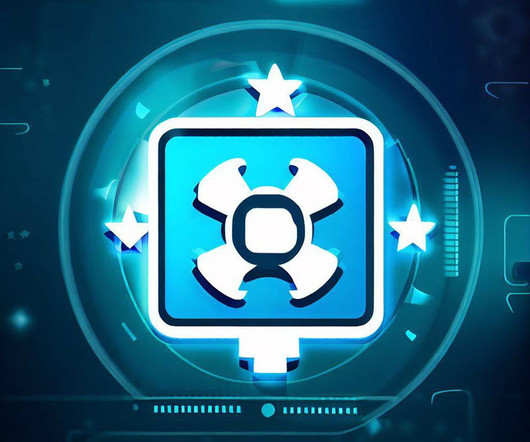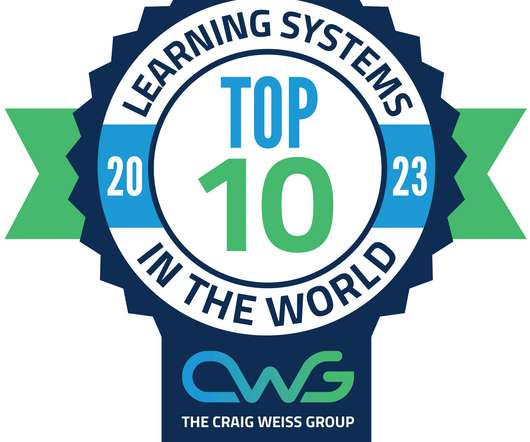ID and e-Learning Links (6/9/14)
Experiencing eLearning
JUNE 9, 2014
The article and research are from 2004, and I expect these ratios have gone down in the last 10 years. The estimates here say it’s a 10:1 ratio for faculty time and about $25K per credit hour. Open access journal with a number of articles on active learning, blended learning, problem based learning, etc. (My

































Let's personalize your content